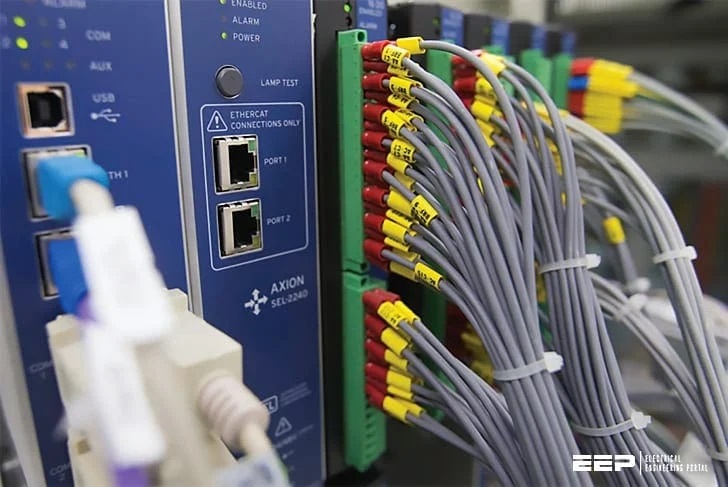
Networking
In modern industrial automation, networking refers to the communication infrastructure that connects all components of a control system — such as PLCs, HMIs, sensors, actuators, SCADA, and field devices — allowing them to exchange data and work as an integrated, intelligent system.
- Purpose
- Protocols
- Components
- Applications:
- Benefits
Data exchange between controllers, devices, and operator stations Remote monitoring and control of processes Real-time communication for closed-loop control Integration of multi-vendor devices using common protocols Scalability and expansion of control architecture
thernet/IP: Rockwell/Allen-Bradley systems; high-speed and scalable
PROFINET:Siemens-based automation; supports real-time and IRT
Modbus RTU/TCP Serial / Ethernet Widely used, open protocol; simple and robust
DeviceNet:Used for sensors and actuators in Rockwell systems
Profibus:Siemens field communication; DP for fast devices, PA for process instrumentation
OPC: Integrates PLCs, SCADA, and MES/ERP systems
HART:Superimposes digital data on analog 4–20 mA signal
BACnet:HVAC and building automation systems
WirelessHART / ISA100:Remote sensors, hard-to-wire environments
Switches & Routers: Industrial-grade for Ethernet connectivity
Gateways: Bridge between different protocols (e.g., Modbus to OPC)
Firewalls: Protect control networks from unauthorized access
Access Points: For wireless sensor networks
Remote I/O Modules: Extend inputs/outputs across networks
Connecting PLCs and SCADA in factory automation
Integrating remote sensors and actuators in water/wastewater plants
Linking building systems (HVAC, lighting, security) in smart facilities
Enabling predictive maintenance through cloud-based analytics
Real-time visibility and control
Centralized data logging and analytics
Reduced wiring and installation costs
Flexibility to scale and upgrade systems
Increased uptime and process reliability